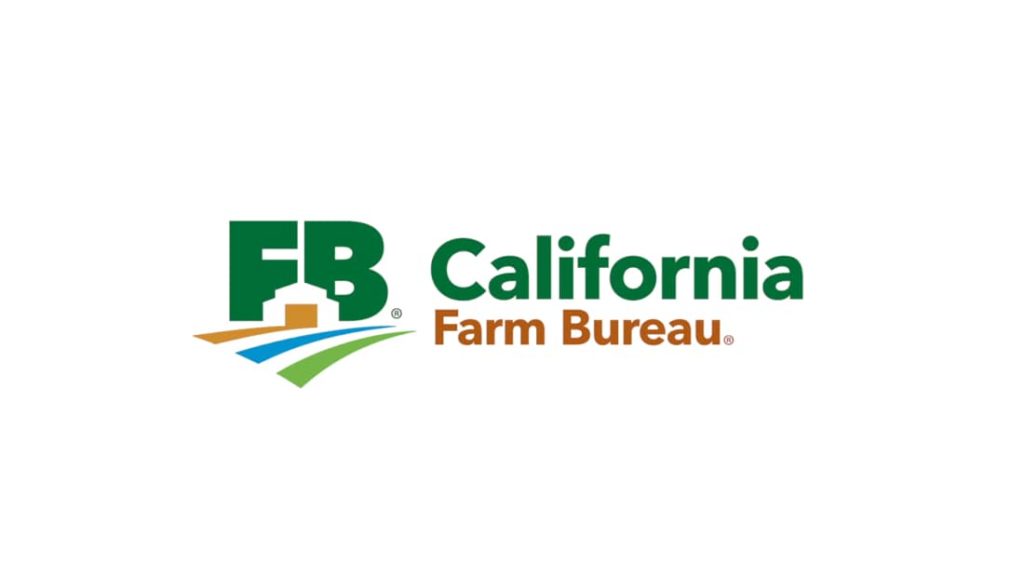May 18, 2022Board renews water curtailments for Russian River in California
Farmers with water rights along the Russian River in Mendocino and Sonoma counties may be subject to further curtailments of water diversions after the California State Water Resources Control Board readopted emergency actions from last year.
This time, however, the way curtailments are administered may be changing, with a voluntary process replacing the one-size-fits-all approach of 2021.
Under the regulation adopted at the board’s May 10 meeting, curtailment orders would be issued based on water supply or when insufficient flows endanger fish in the lower Russian River watershed, the board said in a statement.
About 2,000 water-rights holders are expected to receive curtailment orders, according to the water board, although some holders won’t be directed to curtail diversions until later in the summer. Water-rights holders who may need to curtail diversions can get updates by going to waterboards.ca.gov/drought/russian_river/ and clicking on “Check Your Curtailment Status.”
Devon Boer, executive director of the Mendocino County Farm Bureau, said the voluntary system still needs to be adopted. The board’s next meetings are scheduled for May 24 and June 7, with the matter expected to be discussed in the June session.
“This program will give us some flexibility to try to allocate the limited resources that are available to diverters who determine they want to participate in the program,” Boer said, noting the program has received substantial input from Farm Bureaus in Mendocino and Sonoma counties, along with farmers in working groups.
“We’re hopeful that we can move forward with that program and work with our membership to try it out,” Boer said. While there are still some unanswered questions, she added, “trying to get this program off the ground and using it as a template to move forward in future low-water years as an option to full-blanket curtailments will be beneficial.”
Boer said the board considered concerns over how curtailments were handled last year. “Last year, there were declarations made they would make curtailments based on ‘unreasonable use,'” Boer said. “There were frustrations with that in terms of how that was applied.” This year, she said, the board modified its language.
“They did this year take into consideration the water-rights priority system, which is very important to the water-right holders within the system,” Boer added.
Frost Pauli, a Potter Valley winegrape and pear grower, said April rains were a help but will only postpone the inevitable: “We’re not kidding ourselves. We still fully expect curtailments at some point.”
Pauli said the curtailments mean no water for junior or senior water-rights holders. “The whole point of the voluntary curtailment process that we’ve been working on for the last few months,” he said, “is to try to deflect some of those curtailments so that it’s easier to stomach.”
The voluntary process means “everyone stands to gain a little bit,” Pauli said. (See his commentary on Page 2.)
“No one’s saying we don’t need the curtailments, or that there’s no drought,” Pauli said. “Everyone recognizes that there’s only so much water to go around. But the idea with the voluntary program is that if we can alleviate some of the hurt for folks vs. across-the-board 100% curtailments like we saw last year, then it would be to everyone’s benefit.”
As of May 12, Lake Mendocino held 39% of its capacity and 58% of its historical average, according to Department of Water Resources data. Lake Sonoma stood at 37% of capacity and 60% of average for the date.
Pauli expects the effects on various Mendocino County crops to be varied. The winegrape crop is likely to be smaller, but “at least with winegrapes, we can get our crop ripe and get it harvested,” he noted. Other crops may not be as fortunate.
“For pear farmers, the curtailments could really be a hit because the pears, more so than grapes, without water cannot reach maturity,” Pauli said. “You can’t get a viable crop without good water all summer long, especially with the heat spikes that we’ve been seeing in these recent summers. The pears simply stop growing and never get to full maturity to be harvested.”
Ranchers with irrigated pasture have been hurting on account of dry spring weather, Pauli said, although April rains gave them a boost. Ranchers making contingency plans for their herds are likely to stick to them, he added.
“I think most folks who were downsizing their herds, buying feed and the like are still moving forward with that plan despite the little bit of rain,” Pauli said.
Pauli, who farms upstream and downstream from Lake Mendocino, thinks the issue goes beyond mere lack of rainfall.
“I think the frustrating thing for a lot of us is we have this incredible manmade water system that benefits an entire region in five counties, and we can’t fully use it because of manmade problems,” he said. “The drought, obviously, is a huge problem, but it would be alleviated greatly if we were able to use the infrastructure that we have to its full benefit.”
— Kevin Hecteman, California Farm Bureau Federation

















